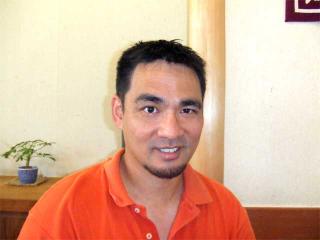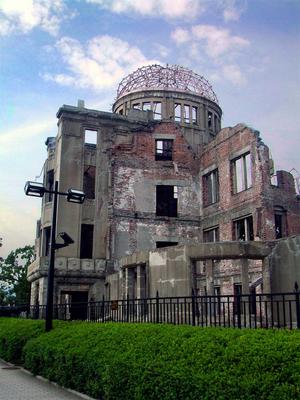
Kiyoshi was tired and so after a lunch of teishoku, he decided to return home to Kokura, a four-hour ride by slow train. Goodbye Kiyoshi, and good luck on your dissertation. He he he....
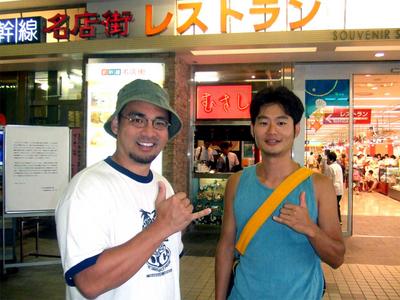
I did stop by the soon to be demolished Wakakusa shopping plaza, a ramshackle collection of stalls and shops from the early 1960s. Sad to see it go, as it had the best iced coffee in the area.

I stopped by my cousin Kimiko`s former stall. She used to run shop here for years and now it is empty. Kinda makes me feel the passage of time.

So I did a little more walking around Peace Park today, trying to figure out what was the overall gist of the place. Something about this place I still can`t quite put my finger on... This is one of the times I am glad I am not white and can just blend into the crowd. I saw white tourists look so miserable and guilty looking at all the museum exhibits. It is like how you don’t see that many Japanese tourists at Pearl Harbor, and see lots of Chinese tourists instead.
Now I have a hard time figuring this city out. You would think that this would be the most anti-American of all cities in Japan, since the U.S. pretty much leveled this place to the ground, and all subsequent Japanese history books imply that this was the American’s fault. And like the anti-American exhibit I saw yesterday, there are some raw feelings. And yet, in all my years of studying here, I have never ever encountered anti-American feelings even once. And if you say you are an American, people warm up to you, and even try to practice their English. There is even free Internet access for foreigners just outside the exit of the A-bomb museum. Japan, as a whole, must be one of the most pro-American countries in the world. So why is there so little resentment, while on the other hand, there is so much anti-Japanese sentiment in Korea and China?
Yoko once told me her opinions on this subject. First, her mother said that the American troops were very kind to her when she was a child. Second, Hiroshima was bombed, an impersonal form of destruction. On the other hand, in the Nanking massacre or Rape of Manila, you could see the faces of the assailants and hear them screaming in Japanese, a very personal form of oppression. So it is much easier to hate Japanese. I think there is so little overt anti-American feeling is because the ideology of pacifism has taken root in Japan: all forms of war are bad! Also, the most hated countries in Japan are North Korea (for kidnapping Japanese citizens), China (for encouraging anti-Japanese sentiment), and among some older Japanese, South Korea (for manyJapanese believe Koreans are continually holding a grudge against Japan).
Maybe I take it too seriously, as I saw Japanese just having fun in the park. I mean just 20 yards from the A-bomb dome are boats that offer you a 10 min ride for $5 each. This is the same river that when the bomb went off, so many victims could not stand the heat and so they dove into the water, which was then clogged with dead bodies. Can you imagine signs offering private boat rides next to the Arizona memorial in Pearl Harbor? I heard the beat of congo drums and thought that anti-globalization activists and peaceniks had made their way to their park. Instead, just across the river from the A-bomb dome, a group of Japanese teens were practicing a slow African dance.
 And next to them, just down the river, some kids were strumming their guitars and singing. Since park space in most large Japanese cities are so limited, the Hiroshima Peace Park, being a wide open space, has turned into a music and dance rehearsal room for young Japanese. I don’t know about you, but I would have a hard time practicing in a park that stood where an entire neighborhood was obliterated in a few seconds.
And next to them, just down the river, some kids were strumming their guitars and singing. Since park space in most large Japanese cities are so limited, the Hiroshima Peace Park, being a wide open space, has turned into a music and dance rehearsal room for young Japanese. I don’t know about you, but I would have a hard time practicing in a park that stood where an entire neighborhood was obliterated in a few seconds.








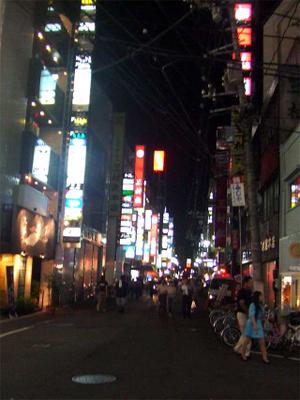


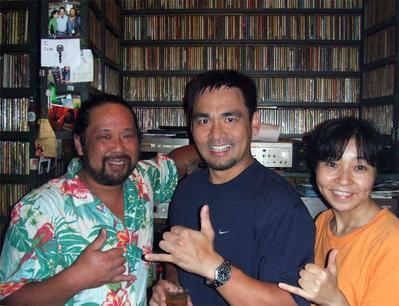
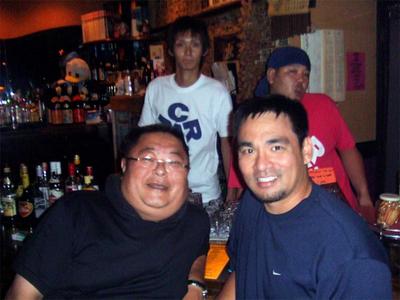
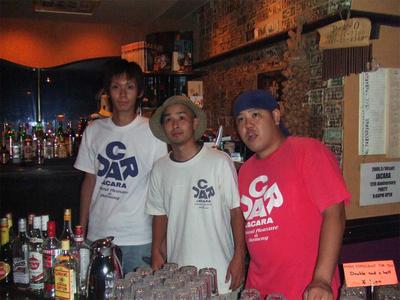

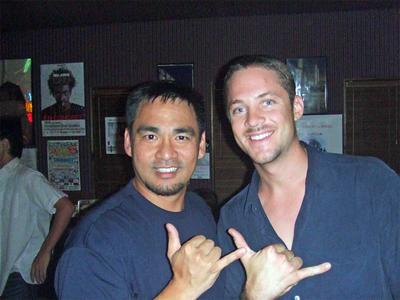
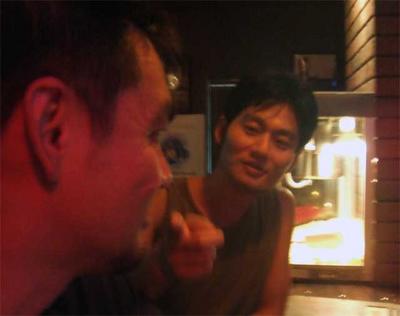
















 That is how much Japan has changed – the way of life of two generations ago now seems so alien that it needs a museum. IN fact, there was a recreation of a living room in the 1930s. Talk about a nation that has changed! You need to explain that people used to listen to records back in the good old days.
That is how much Japan has changed – the way of life of two generations ago now seems so alien that it needs a museum. IN fact, there was a recreation of a living room in the 1930s. Talk about a nation that has changed! You need to explain that people used to listen to records back in the good old days.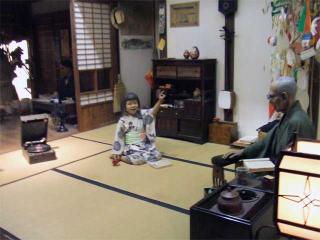
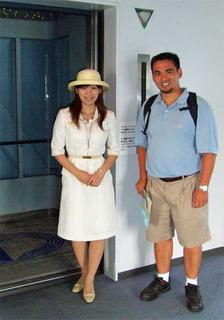 Fukuoka seemed like a handsome city- and I even saw beaches. They were man-made beaches, to be sure, but beaches never the less in the middle of the city! Of course there was an exhibit of TV shows, and so I had to check it out. I found the trunks worn by the late Andy Hug (with the word "Andy" emblazoned across it), a great kickboxing champ. Next to it was a poster of other K-1 fighters. So I posed for it while Yoko took my picture.
Fukuoka seemed like a handsome city- and I even saw beaches. They were man-made beaches, to be sure, but beaches never the less in the middle of the city! Of course there was an exhibit of TV shows, and so I had to check it out. I found the trunks worn by the late Andy Hug (with the word "Andy" emblazoned across it), a great kickboxing champ. Next to it was a poster of other K-1 fighters. So I posed for it while Yoko took my picture.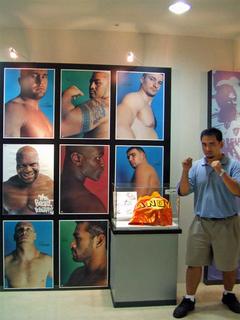



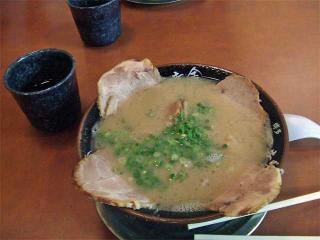
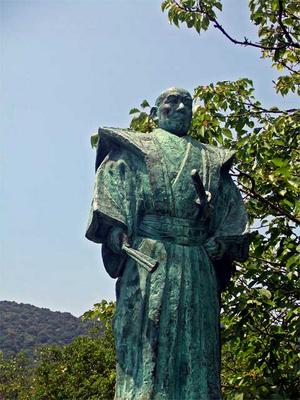
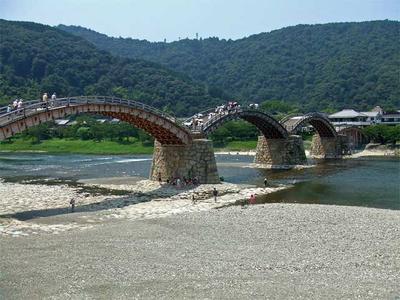

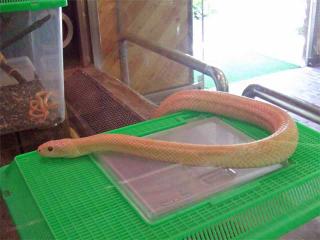 Environmental degradation, however, had reduced their number, and so an effort is underway to breed more of these snakes. Here is a cute cartoon from the Iwakuni White Snake Village.
Environmental degradation, however, had reduced their number, and so an effort is underway to breed more of these snakes. Here is a cute cartoon from the Iwakuni White Snake Village.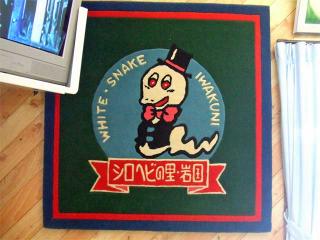

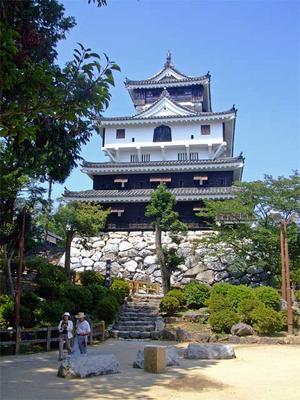
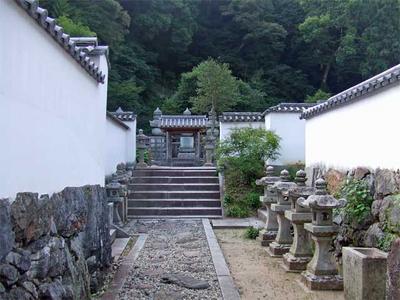 It did feel quite creepy being surrounded by so many graves and so we beat an exit out of there.
It did feel quite creepy being surrounded by so many graves and so we beat an exit out of there. 
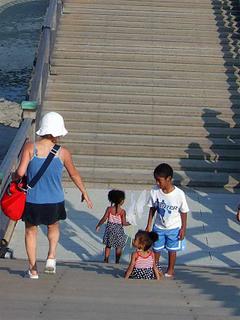 It also felt good to see my global counterparts – I look Japanese/Chinese (depending on who you ask) but speak English as my mother tongue, while they look white or black, and yet speak Japanese as their native language. That is one way to get rid of racism - have all of us marry each other. These mixed children will be Japan`s bridge to internationalization. How apt that they are on a bridge in this photo.
It also felt good to see my global counterparts – I look Japanese/Chinese (depending on who you ask) but speak English as my mother tongue, while they look white or black, and yet speak Japanese as their native language. That is one way to get rid of racism - have all of us marry each other. These mixed children will be Japan`s bridge to internationalization. How apt that they are on a bridge in this photo.